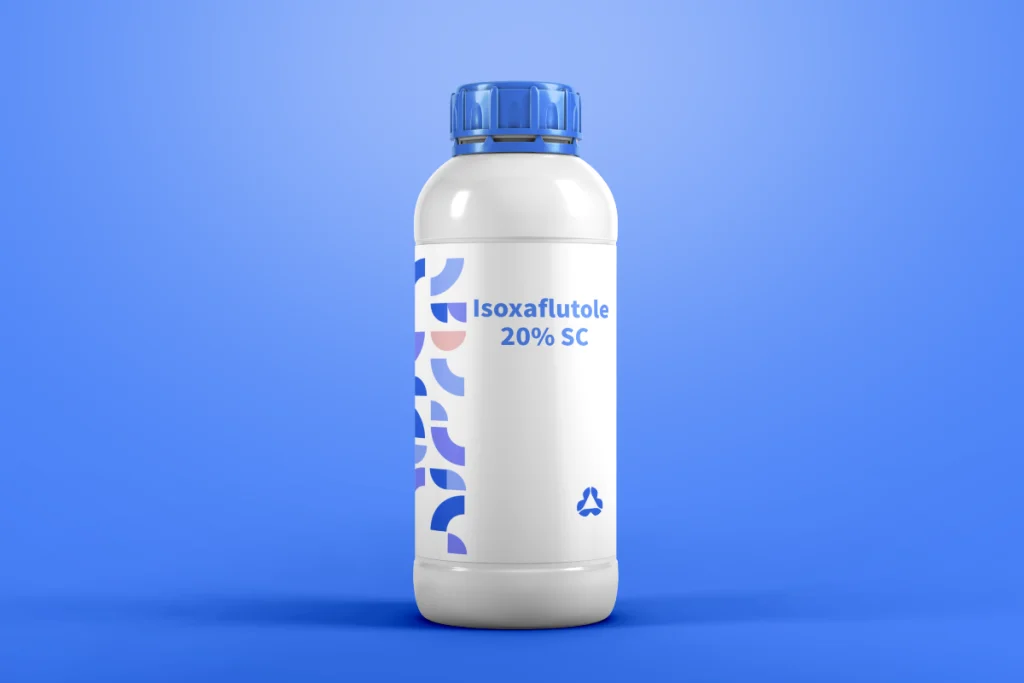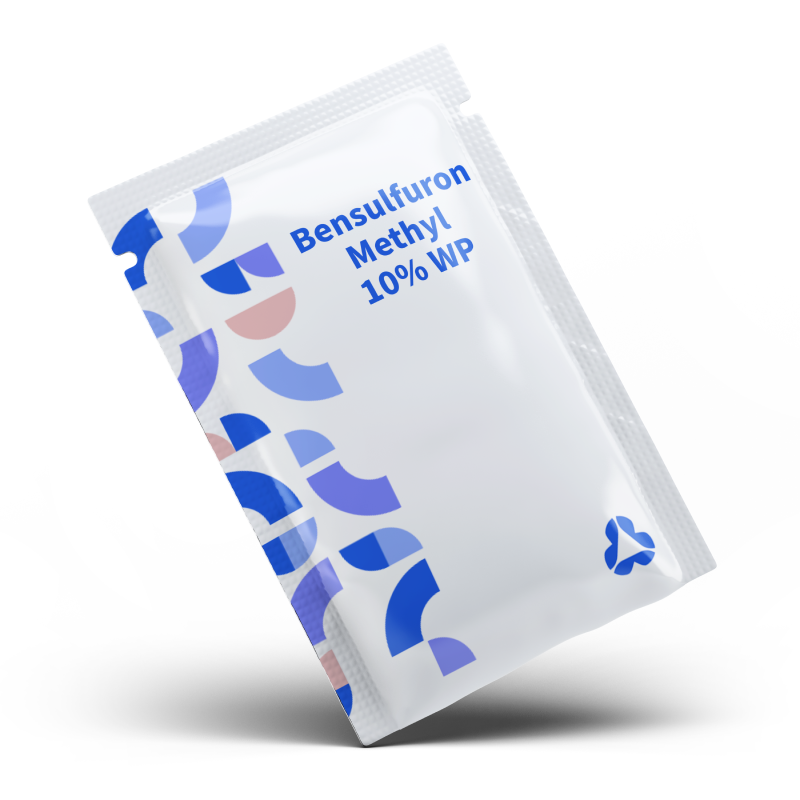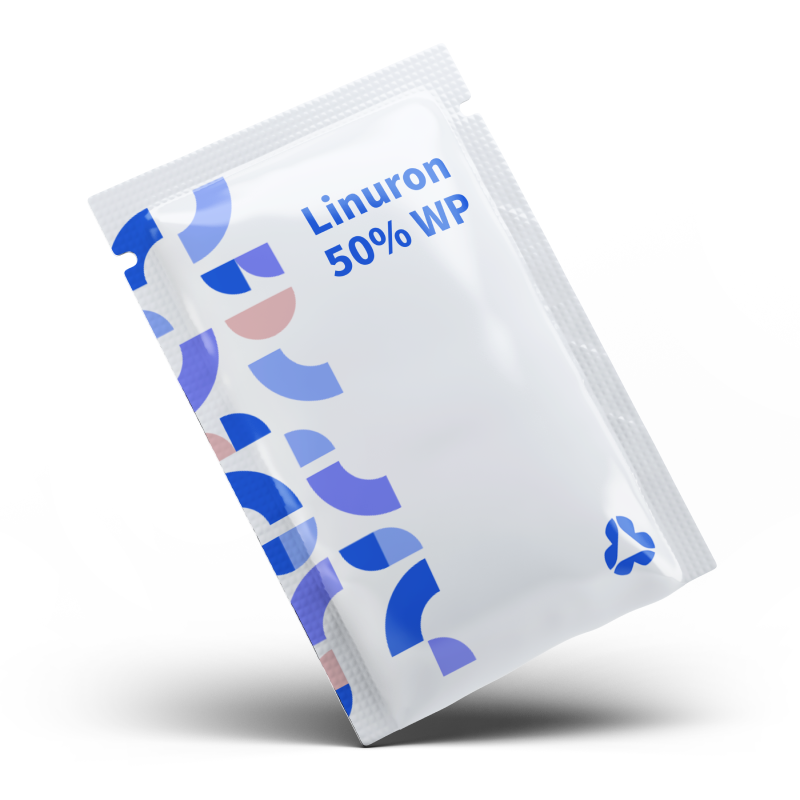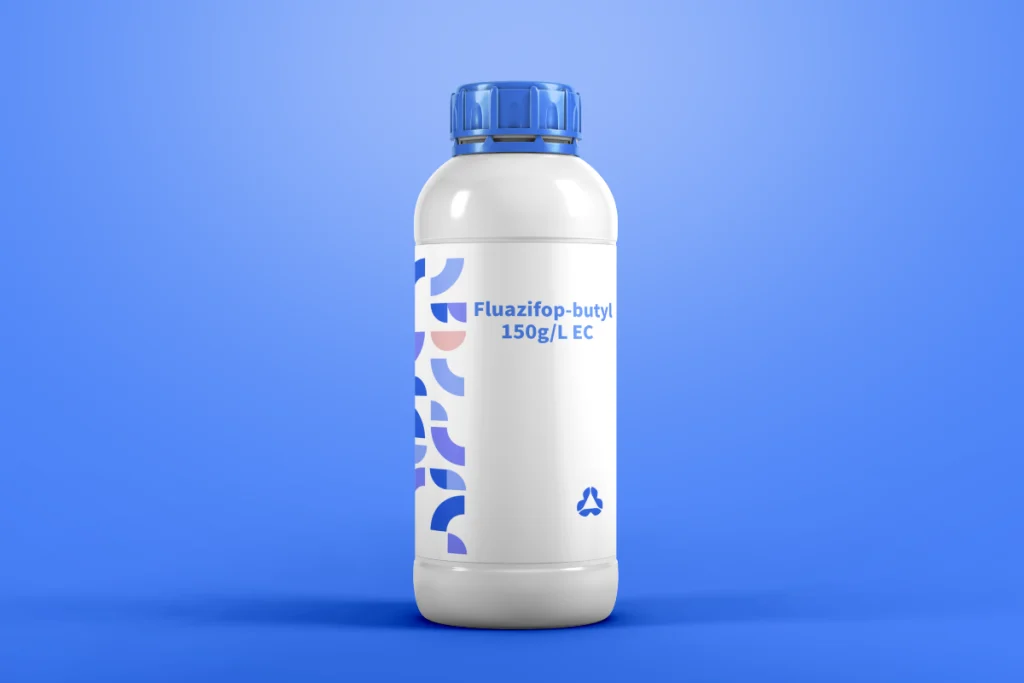Active Ingredient and Chemical Properties
- Chemical Name: Bensulfuron-methyl
- CAS Number: 83055 – 99 – 6
- Molecular Formula: C₁₆H₁₈N₄O₇S
- Formulation: Wettable Powder (WP)
- Appearance: Appears as a white to off – white powder.
- Solubility: Exhibits a solubility of 2.7 mg/L in water at 20°C, and the pH of its suspension typically ranges from 5.0 to 8.0.
Mode of Action
- Uptake and Translocation: Bensulfuron – methyl in the 10% WP formulation is readily absorbed by both the roots and foliage of target weeds. Once inside the plant, it is efficiently translocated via the xylem and phloem to the meristematic tissues, which are responsible for the growth and development of the plant.
- Enzyme Inhibition: The active ingredient acts by inhibiting the acetolactate synthase (ALS) enzyme. This enzyme is crucial for the biosynthesis of branched – chain amino acids, namely valine, leucine, and isoleucine. When the ALS enzyme is blocked, the synthesis of these essential amino acids is halted.
- Symptom Development: As a result of the amino acid biosynthesis disruption, within 5 – 7 days, new growth in the weeds starts to turn chlorotic, showing a distinct yellowing. Over the next 10 – 14 days, this progresses to complete necrosis of the leaves and shoots, ultimately leading to the death of the weed. Notably, rice plants have the ability to rapidly metabolize bensulfuron – methyl into harmless inert chemicals, ensuring the safety of the crop when the herbicide is used as directed.
Target Crops and Weeds
|
Crop
|
Controlled Weeds
|
|
Paddy Rice
|
Duckweed, barnyard flatsedge, purple nutsedge, and a wide range of other annual broadleaf weeds and sedges.
|
|
Wheat/Barley
|
Chickweed, lamb’s – quarters, amaranth, and various other common broadleaf weeds that infest cereal fields.
|
|
Sugarcane
|
Annual broadleaves such as amaranth and pigweed, which can compete with sugarcane for nutrients and space.
|
Dosage and Application Guide
|
Crop
|
Dosage (g ai/ha)
|
Application Timing
|
Application Method
|
|
Transplanted Rice
|
300 – 450 (using 10% WP, so 3 – 4.5 kg of the product per hectare)
|
5 – 12 days after transplanting in a flooded field
|
Mix the required amount of the 10% WP with 20 kg of fine soil or fertilizer and broadcast it evenly. Ensure that there is a 3 – 5 cm water layer in the field, and maintain this water layer for 7 days without draining or allowing water to flow in.
|
|
Winter Wheat
|
150 – 200 (1.5 – 2 kg of 10% WP per hectare)
|
At the 2 – 4 leaf stage of weeds (post – emergent)
|
Spray the diluted herbicide with 300 – 500 L of water per hectare. In dry conditions, add 0.25% non – ionic surfactant to enhance foliar absorption.
|
|
Sugarcane
|
200 – 300 (2 – 3 kg of 10% WP per hectare)
|
For pre – plant incorporation or during the early post – emergent stage
|
Apply the herbicide before weed emergence or when the weeds are at the 2 – 3 leaf stage. It can be combined with other herbicides like mefenacet for controlling grassy weeds in sugarcane fields.
|
Key Features and Benefits
- Broad – Spectrum Control: It is effective against more than 30 species of broadleaf and sedge weeds. This wide range of efficacy helps in maintaining a clean and weed – free crop environment, reducing competition for resources such as water, nutrients, and sunlight.
- Low Application Rates: Requiring only 10 – 45 g of the active ingredient per hectare, it is a cost – effective solution. The low dosage not only saves on the cost of the herbicide but also reduces the environmental load associated with excessive chemical use.
- Crop Selectivity: When applied as per the recommended guidelines, it is highly selective and safe for rice, wheat, and barley. However, it is important to avoid using it on stressed crops to ensure optimal results.
- Short Soil Residue: The herbicide has a relatively short half – life of 7 – 14 days under aerobic conditions. This allows for flexible crop rotation. For example, crops like maize, soybeans can be planted after 3 months of bensulfuron – methyl application.
- Reduced Drift Risk: The wettable powder formulation minimizes volatility compared to emulsifiable concentrate (EC) formulations. This reduces the risk of herbicide drift, which can cause damage to non – target plants and nearby crops.
Safety and Regulatory Information
- Toxicity: It has low toxicity to mammals, with an LD₅₀ (lethal dose 50) value greater than 2000 mg/kg in rats. However, it poses a moderate risk to aquatic life, with an LC₅₀ (lethal concentration 50) of 0.1 – 1 mg/L for fish.
- Environmental Precautions: To protect aquatic ecosystems, it is essential to avoid contaminating water bodies. A buffer zone of 30 m should be maintained from irrigation channels and other water sources during application.
- Regulatory Status: The product is registered in major rice – growing regions such as China, India, Southeast Asia, and the EU. It complies with the strict regulatory standards of these regions regarding herbicide use, efficacy, and safety.
- Storage: Store Bensulfuron – Methyl 10% WP in a cool, dry place at a temperature below 30°C. Keep it away from food and feed materials to prevent any potential contamination.
Packaging and Shelf Life
- Packaging: Available in various packaging sizes to suit different user needs. Options include 100 g, 500 g, 1 kg foil – lined sachets for small – scale users, and 25 kg multi – layer bags for larger – scale agricultural operations.
- Shelf Life: Under sealed storage conditions, the product has a shelf life of 3 years. This ensures that farmers and distributors can store it for a reasonable period without significant loss of efficacy.
Compatibility and Tank Mixes
- Common Tank Mixes:
-
- It can be tank – mixed with mefenacet for combined control of grassy and broadleaf weeds in rice fields. The combination provides a more comprehensive weed management solution.
-
- In cereal fields, it can be mixed with fenoxaprop – P – ethyl for effective suppression of grass weeds.
- Adjuvants: Adding non – ionic surfactants can enhance the foliar absorption of the herbicide, especially in arid conditions. This helps in improving the overall efficacy of the product.
Crop Rotation Restrictions
Sensitive crops such as crucifers (e.g., broccoli, cauliflower), beets, and spinach should not be planted within 3 months of applying Bensulfuron – Methyl 10% WP. However, crops like maize, soybeans, and cotton can be safely planted after 3 months. For rice, the normal annual cropping cycle can be maintained without any issues related to herbicide residues.
Bensulfuron – Methyl 10% WP is a reliable and efficient herbicide for integrated weed management in cereal and sugarcane cropping systems. By following the recommended dosage, application methods, and safety precautions, farmers can effectively control weeds, enhance crop yields, and contribute to sustainable agriculture.




